
Your SUV’s transmission is arguably the second most vital component, right after the engine, tirelessly working to keep your wheels turning and your journeys smooth. It acts as the crucial link between your engine’s power and your wheels’ movement, skillfully managing gear ratios to optimize performance, fuel efficiency, and overall drivability across diverse conditions. Understanding this complex system isn’t just for mechanics; it empowers you as a vehicle owner to ensure its longevity and reliability.
While we often worry about engine failure, a malfunctioning transmission presents an equally dire and often more expensive scenario. Transmission problems, if left unaddressed, can escalate from minor inconveniences into full-blown nightmares, potentially leaving you stranded and facing repair bills that can easily run into thousands of dollars. More alarmingly, ignoring these critical changes in your vehicle’s performance can even cause damage to your engine, leading to the failure of both essential components.
The good news is that a transmission rarely gives up overnight. It typically provides a series of warning signs, subtle at first, that signal impending trouble. Recognizing these early indicators is not just about avoiding a breakdown; it’s about saving thousands in repair costs and ensuring your safety on the road. This comprehensive guide will arm you with the knowledge to identify the most common transmission issues, allowing you to be proactive and responsible for your SUV’s health.
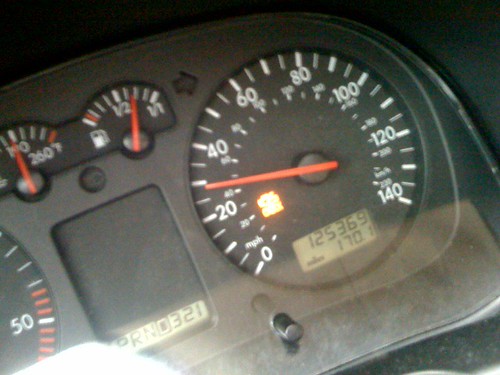
1. **Check Engine Light and Other Dashboard Warnings**
One of the most commonly ignored yet crucial warning signs for any vehicle issue, including transmission problems, is the illumination of the check engine light. While this versatile indicator can signal a myriad of issues, its appearance should never be dismissed. In the context of transmission health, it serves as an early alert, prompting you to seek professional diagnosis before a minor issue becomes a major one.
Modern SUVs, and even older models, are equipped with sophisticated diagnostic systems designed to monitor the health of various components. When transmission-related diagnostic trouble codes are detected, the check engine light often illuminates. Specific codes like P0700 (transmission control system malfunction), P0715 (input/turbine speed sensor circuit), and P0720 (output speed sensor circuit error) are standard indicators of transmission distress, pointing to issues within the control system or its sensors.
Beyond the generic check engine light, some vehicles may feature a dedicated transmission warning light or an overdrive light that pops on or blinks. These more specific indicators provide even clearer clues about problems within the transmission system. Whether it’s a generic warning or a specific transmission alert, these warning systems offer invaluable early detection opportunities, allowing you to address issues before they escalate into major failures.
Ignoring these dashboard warnings, particularly when combined with noticeable drivability issues, is a risky gamble. They can signal problems ranging from overheating and slipping gears to faulty sensors or failures within components like the torque converter or control module. A professional diagnostic scan can reveal the exact error codes, pinpointing the precise nature of the transmission trouble and guiding the necessary repairs.
Read more about: The Digital Black Box: Unpacking How Your Car Collects and Sells Your Most Intimate Data
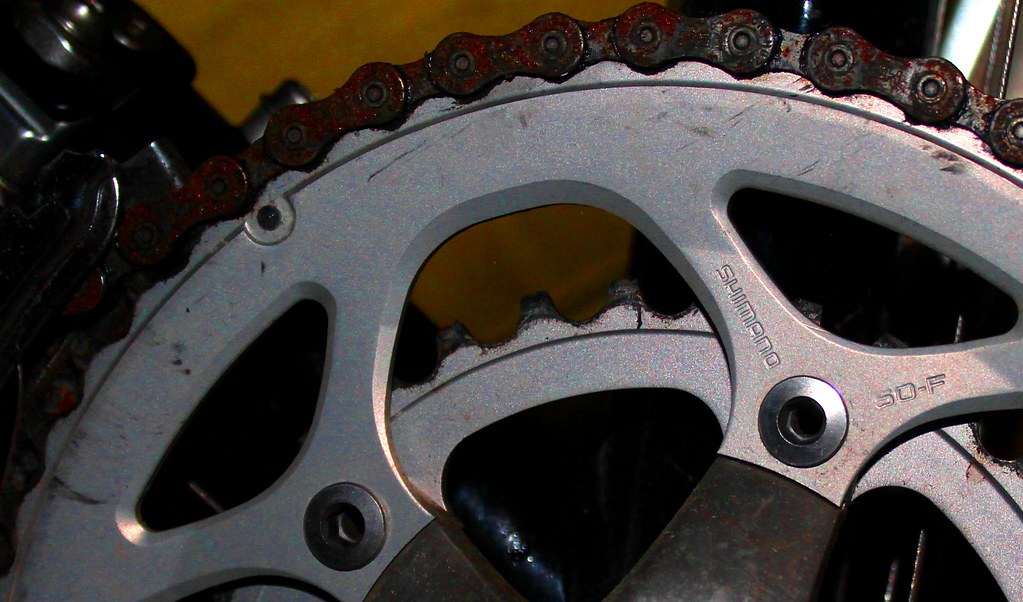
2. **Hesitating and Delayed Gear Shifts**
A smooth and responsive gear shift is something most drivers take for granted until it’s gone. One of the significant and common early signs of a bad transmission is a noticeable hesitation or delay when shifting gears. This can manifest in several ways, from a lag when accelerating from a stop to a jarring experience during normal gear changes.
Imagine shifting from drive to park, or accelerating from a standstill, and feeling as though your SUV takes an unusually long time to engage the correct gear. This hesitation indicates a potential problem within the transmission system. In manual transmissions, you might even notice that the gear you’ve selected doesn’t align with the engine’s RPMs, suggesting a disconnect between your input and the transmission’s response.
These hard, abrupt gear changes, particularly from first to second or third to fourth gear, are not just uncomfortable; they point to potential hydraulic or electronic control problems within the transmission system. The fluid flow, which is crucial for smooth operation, might be interfered with by low or contaminated transmission fluid, or even faulty shift solenoids in automatic transmissions that control this flow.
Such unresponsive shifts are clear indicators that your transmission is struggling to perform its fundamental function. It’s a warning that should prompt immediate attention from a professional mechanic. Continuing to drive with delayed or hesitant shifts not only exacerbates the underlying problem but can also lead to more extensive and expensive repair jobs down the line.
Read more about: Your Ultimate Checklist: 14 Essential Things to Examine During Your Used Car Test Drive

3. **Transmission Slipping**
Few driving sensations are as disconcerting as feeling your vehicle’s transmission slip. This phenomenon occurs when the engine revs up, often dramatically, but your SUV doesn’t gain speed correspondingly. It’s akin to driving on ice, where the engine’s power isn’t effectively transferred to the wheels, resulting in a dangerous loss of control and acceleration, even on dry pavement.
Transmission slipping means your automatic transmission is struggling to engage the correct gear, or its internal components, such as clutches or bands, are failing to maintain their grip. You press the accelerator, the engine roars, the RPMs rise, yet the car barely moves or, worse, lurches unpredictably. This dangerous condition typically worsens over time if ignored, making driving increasingly hazardous.
In some critical cases, to prevent further damage, a vehicle might enter what is known as “limp mode.” In this protective state, the transmission remains stuck in one gear, severely limiting power and speed. While inconvenient, limp mode is designed to safeguard the engine and transmission from catastrophic failure, serving as an urgent warning that professional intervention is needed immediately.
Diagnosing and repairing a slipping transmission is rarely a simple or cheap fix. Worn or broken transmission bands or clutches are common culprits, often requiring mechanics to strip out the entire transmission for repair. Addressing transmission slipping promptly is paramount, not just for the health of your vehicle, but for the safety of its occupants, as gears can disengage unexpectedly while driving, leading to dangerous situations.
Read more about: Your Ultimate Checklist: 14 Essential Things to Examine During Your Used Car Test Drive

4. **Unusual Noises**
Your SUV communicates with you through various sounds, and while some noises are perfectly normal, others are clear indicators of underlying problems that should never be ignored. When it comes to the transmission, unusual noises can provide valuable diagnostic clues, signaling that this vital component is literally crying for help.
Keep your ears attuned for any sounds you’ve never heard from your SUV before, especially those related to gear changes or general operation. Whining, humming, or buzzing sounds can indicate a range of issues, such as pump problems, bearing wear, or fluid circulation issues within the transmission system. These noises might be subtle at first but tend to become more pronounced as the problem progresses.
Grinding noises during shifting are particularly alarming, often suggesting internal mechanical wear or damaged synchronizers in manual transmissions. Similarly, clunking sounds when engaging gears can point to worn transmission mounts, damaged CV joints, or more severe internal transmission component failure. Even strange noises heard while your vehicle is in neutral can indicate bearing problems or pump irregularities that require immediate attention.
The first basic step you can take if you notice a noisy transmission is to check the transmission fluid level, as low fluid can be a cause. However, if the issue persists after ensuring proper fluid levels, or if the noises are persistent and severe, it’s imperative to head to a workshop. Ignoring these auditory warnings risks allowing underlying issues like valve body failure or worn planetary gears to escalate into costly, extensive repairs.
Read more about: Your Ultimate Checklist: 14 Essential Things to Examine During Your Used Car Test Drive
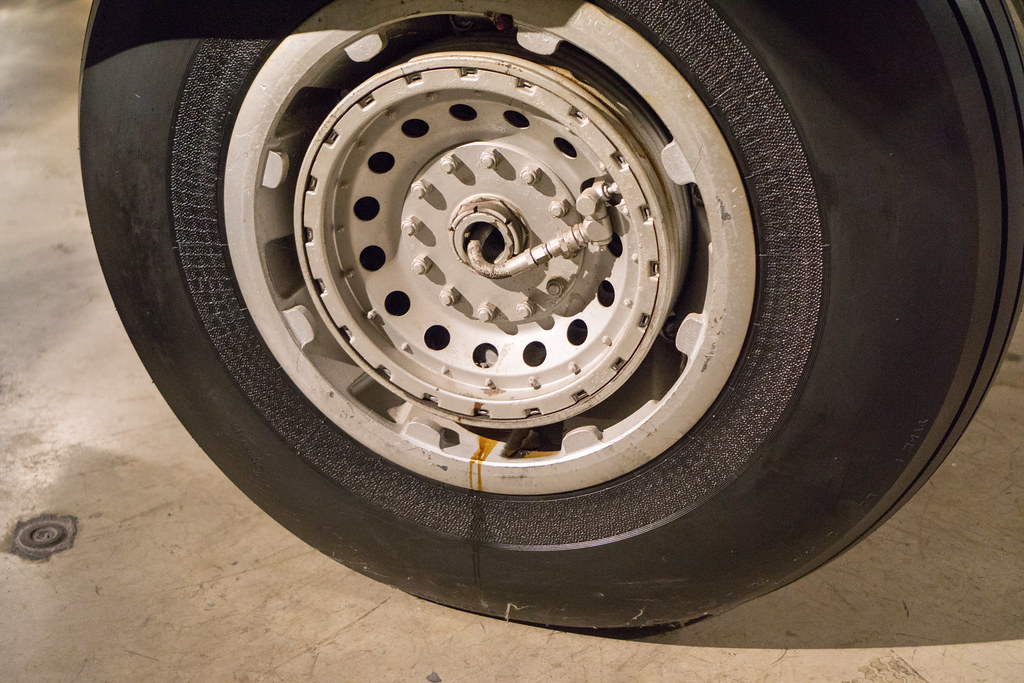
5. **Fluid Leaks and Low Levels**
Beneath your SUV, puddles of fluid can tell a critical story about its health, and a transmission fluid leak is a particularly urgent narrative. Transmission fluid is essential for lubricating the system and preventing overheating, making any leak a significant concern. If you spot a crimson-colored, or sometimes red, pink, or even brown, liquid under or around your parked vehicle, it’s almost a sure sign of a transmission fluid leak.
Fresh transmission fluid typically has a red or pink hue and often carries a sweet or slightly burnt smell, turning brown as it ages or degrades. Identifying the color, consistency, and location of the leaked fluid can provide initial clues to the specific problem. Common leak locations include the transmission pan gasket, cooler lines, and various input/output shaft seals, any of which can lead to rapid fluid loss.
Driving with low transmission fluid levels is incredibly detrimental. It deprives internal components of proper lubrication and hydraulic pressure, causing severe internal damage and leading to immediate performance problems. If not addressed promptly, low fluid levels can quickly escalate to complete transmission failure, an outcome that is both dangerous and extremely expensive to rectify.
Regularly inspecting your driveway for stains and checking your transmission fluid level is a simple yet crucial preventative measure. Addressing these fluid leaks promptly is key to maintaining your vehicle’s performance and extending the lifespan of the transmission, preventing more severe complications, and avoiding the need for a new transmission. Even small leaks, if ignored, can lead to big problems.
Read more about: Demystifying Engine Bay Cleanliness: An In-Depth Look at the Core Principles of a ‘Clean’ Engine

6. **Burning Smell**
Few automotive issues are as alarming as a burning smell emanating from your SUV. While various components can cause such an odor, a persistent burning smell, especially after a drive or when combined with other performance issues, is a crucial indicator of potential transmission problems. This acrid, overheated odor should never be taken lightly.
The burning smell is most often a by-product of an overheating transmission or, more specifically, overheated or burnt transmission fluid. Transmission fluid is designed to lubricate and cool the intricate components of the transmission. When fluid levels are low, perhaps due to leaks, or if the fluid is old and has lost its lubricating properties, the transmission can generate excessive heat, causing the fluid to burn.
SUVs, with their often heavier loads and demands, are particularly susceptible to transmission issues when overheating occurs, as it can cause significant damage to internal components. The smell itself is a direct signal of internal distress, suggesting serious internal problems that demand immediate professional attention. It could also indicate that leaks are dripping fluid onto hot engine parts, causing it to burn off.
If you detect a burning smell while driving, or even after parking your vehicle, it’s paramount to pull over safely and investigate. Don’t ignore it. You might need to top off your vehicle with new transmission fluid if the level is low, but if the overheating persists or the smell is strong, it’s time to seek professional help. Heat is a transmission’s worst enemy, and addressing this symptom promptly can prevent far more costly failures.
Read more about: Your Ultimate Checklist: 14 Essential Things to Examine During Your Used Car Test Drive

7. **Poor Gas Mileage and Loss of Power**
Your SUV’s transmission plays a pivotal role in efficiently delivering power from the engine to the wheels, influencing everything from acceleration to fuel economy. A noticeable decline in gas mileage or a general loss of power can often be a subtle yet significant indicator that your transmission is struggling to perform its duties effectively.
If you find your SUV feeling sluggish, struggling to accelerate, or losing steam when tackling inclines, it’s not always an engine issue. These performance problems frequently show up as a lack of power reaching the wheels, which points directly to transmission distress. When the engine revs without a corresponding increase in vehicle movement, the transmission is failing to efficiently transfer power.
Poor acceleration or a loss of power during gear changes often signals underlying issues such as transmission slipping or problems with the valve body. Difficulty reaching highway speeds, even with the accelerator pressed, suggests internal mechanical problems or malfunctions within the control system, preventing the transmission from maintaining optimal gear ratios.
Crucially, transmission problems can significantly impact fuel efficiency. As the system struggles to operate correctly, perhaps due to slipping clutches or improper shift timing, the engine has to work harder, consuming more fuel to compensate. This increased load on the engine directly translates to decreased gas mileage, making a sudden dip in fuel economy a clear sign that your transmission may be preventing the engine from efficiently transferring power to the wheels.
Read more about: Don’t Get Stuck: 10 All-Season Tires You Might Want to Skip for Better Grip & Safety

8. **Electronic and Control Module Issues (TCM/PCM Malfunctions)**
The efficiency and responsiveness of modern automatic transmissions are heavily reliant on sophisticated electronic controls. At the heart of this system lies the Transmission Control Module (TCM), which acts as the ‘brain’ of your automatic transmission. This crucial electronic component constantly processes data from multiple sensors to determine the optimal shift points for your SUV. It monitors vehicle speed, throttle position, engine load, and even transmission fluid temperature to ensure seamless gear changes and optimal performance.
When the TCM functions correctly, you experience smooth acceleration, efficient fuel consumption, and reliable performance in various driving conditions. However, malfunctions within this module or its communication pathways can lead to significant problems. Diagnostic trouble codes, such as U0100 and U0101, specifically indicate “Lost Communication with TCM,” often pointing to wiring issues or a complete module failure. A P0700 code, on the other hand, directly signals a “faulty transmission computer module,” requiring professional diagnosis to pinpoint the exact repair needs.
It’s also important to understand the distinction between the TCM and the Powertrain Control Module (PCM). While the PCM oversees both engine and transmission systems, the TCM specifically manages transmission operations. Symptoms of PCM failure can sometimes overlap with general transmission issues, making a professional diagnosis essential for accurate problem identification. These electronic control failures can lead to erratic shifting patterns, warning lights, or even a complete system shutdown, compromising your SUV’s drivability and safety. Addressing these electronic issues requires specialized knowledge, as a professional can interpret vehicle-specific error codes and identify the exact failure points within the transmission control system.

9. **Vehicle-Specific Transmission Vulnerabilities**
Beyond general wear and tear, some SUVs are known to have specific transmission vulnerabilities that can lead to premature failure, often well before the 100,000-mile mark. These issues are often rooted in design flaws or manufacturing inconsistencies that become apparent over time and mileage. Understanding these vehicle-specific problems is crucial for owners, enabling them to recognize symptoms early and seek appropriate repair solutions before minor issues escalate into catastrophic failures.
For example, Mazda 3 and Mazda 5 vehicles produced between 2006 and 2014 frequently experienced TCM overheating problems. This vulnerability was largely due to the module’s placement directly on the transmission case, exposing it to excessive heat without adequate cooling. Such design flaws can drastically shorten the lifespan of the TCM, leading to various transmission malfunctions. Specialized repair solutions have been developed to address this particular issue, often involving improved components and protective measures to enhance durability.
Similarly, GM Allison transmission issues have been observed in 2009-2015 Chevrolet and GMC 2500/3500 trucks equipped with Duramax engines. These heavy-duty vehicles often developed challenging shifting problems and communication errors. The root cause for these failures is frequently traced back to conformal coating failures, which allow the microprocessor to separate from the circuit board, disrupting electronic communication and control. Furthermore, Ford 6R80 transmission problems have appeared in various Ford models, including the F-150, Mustang, and Transit vehicles, manifesting as harsh shifting, slipping, and electronic control issues affecting overall performance. Being aware of these common model-specific ailments empowers owners to be more vigilant and proactive about their vehicle’s transmission health.
Read more about: The Roadblocks Ahead: 10 Sedans Plagued by Crippling Mechanical Issues and Reliability Headaches
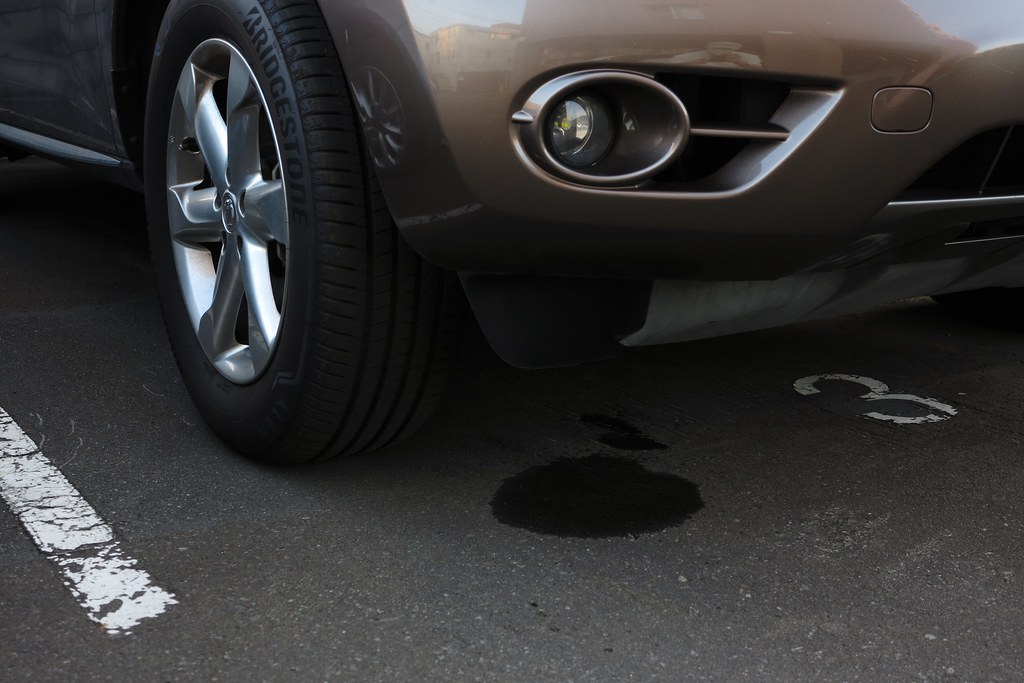
10. **The Critical Role of Transmission Fluid Quality and Maintenance**
While fluid leaks and low levels were highlighted as immediate warning signs, the overall quality and proper maintenance of your transmission fluid are equally critical for system longevity. Transmission fluid isn’t just a lubricant; it’s also a hydraulic medium that facilitates gear changes and a coolant that prevents overheating. Its condition directly affects your transmission’s performance and lifespan. Ignoring fluid quality can silently degrade your transmission’s health, leading to serious internal damage over time.
Dark, burnt, or contaminated fluid is a clear indicator of underlying problems. A dark or burnt appearance, often accompanied by a strong, acrid smell, suggests overheating, significant internal wear, or that the fluid has simply degraded past its effective life. Contaminants like metal shavings or black particles visible in the fluid are alarming signs of severe internal wear and tear, necessitating an urgent drivetrain checkup. These contaminants can clog filters and interfere with precise hydraulic operations, accelerating wear on other components.
Moreover, using the wrong type of automatic transmission fluid can be incredibly detrimental. Each transmission is engineered for a specific fluid viscosity and additive package, and an incorrect fluid type can cause a range of problems, from shifting irregularities and seal damage to complete system failure. Regular fluid changes, adhering strictly to manufacturer specifications and recommended intervals, are paramount. This preventative measure helps ensure optimal system performance, prevents many common transmission problems and significantly extends the system’s lifespan, saving you from much costlier repairs down the road.
Read more about: Your Definitive 2025 Guide: What to Check When Buying a Used Electric Vehicle

11. **Limp Mode Activation and Complete Transmission Failure**
When your SUV’s internal computer detects a severe issue within the transmission system, it may activate what is known as “limp mode.” This protective mechanism is designed to prevent further damage to both the engine and transmission by severely limiting engine power and reducing RPMs. While inconvenient, limp mode serves as an urgent, unmistakable warning that professional intervention is immediately needed. It signifies that the transmission is in distress, often remaining stuck in one gear to safeguard vital components from catastrophic failure.
Problems such as faulty sensors, control valves, or other critical electronic or mechanical malfunctions can trigger limp mode. It’s a clear signal that the vehicle’s onboard diagnostics have identified a significant anomaly that, if ignored, could lead to far more extensive and expensive damage. Ignoring limp mode and continuing to drive not only exacerbates the underlying problem but also risks escalating the issue to the point of complete transmission failure.
The most severe symptom of transmission trouble, or its ultimate outcome, is when your vehicle won’t move at all despite the engine operating. If you shift into drive or reverse and receive no response, it indicates complete transmission failure. This scenario demands immediate professional intervention and often necessitates significant repairs or even a full transmission replacement. Safely pulling over and contacting professional help is paramount to prevent further damage and to address this critical safety concern, as driving with severe transmission problems risks additional damage to internal components and significantly increases repair costs.
Read more about: Where Are They Hiding? 14 Powerful Concepts Who Vanished From The Auto Show — And If They’ll Ever Be Built Now

12. **Advanced Physical Symptoms: Vibrations, Shaking, and Grinding**
Beyond the more general “unusual noises” that indicate early trouble, specific physical sensations like vibrations, shaking, and distinct grinding sounds during operation often point to more advanced and serious internal transmission problems. A failing transmission frequently produces noticeable vibrations during gear shifts or during general operation. If your SUV shudders, jerks, or trembles when changing gears, or if you feel a persistent vibration, it suggests transmission control problems or significant mechanical wear. These physical symptoms tend to worsen gradually, making early detection crucial.
Grinding noises, particularly during shifting, are especially alarming and indicate internal mechanical wear that has progressed beyond simple fluid issues. In manual transmissions, this can suggest damaged synchronizers, which are responsible for matching gear speeds during shifts. For both automatic and manual transmissions, grinding sounds can also point to worn gear teeth or damaged bearings that support the gears and shafts. This kind of audible protest signifies that internal components are no longer engaging smoothly, leading to metal-on-metal contact.
Another specific mechanical issue, primarily relevant to manual transmissions, is when the shifter pops out of gear and reverts to neutral. This can be caused by relatively cheaper fixes like worn transmission mounts or loose linkages. However, it can also stem from more serious internal transmission issues, such as bad shifter bearings or a broken spring in the shift rail. While some of these mechanical issues might be less costly to resolve, if they originate from internal transmission damage, they could lead to bank-breaking repairs or even a complete transmission replacement. Recognizing these advanced physical symptoms is vital for distinguishing between minor adjustments and major overhaul requirements.
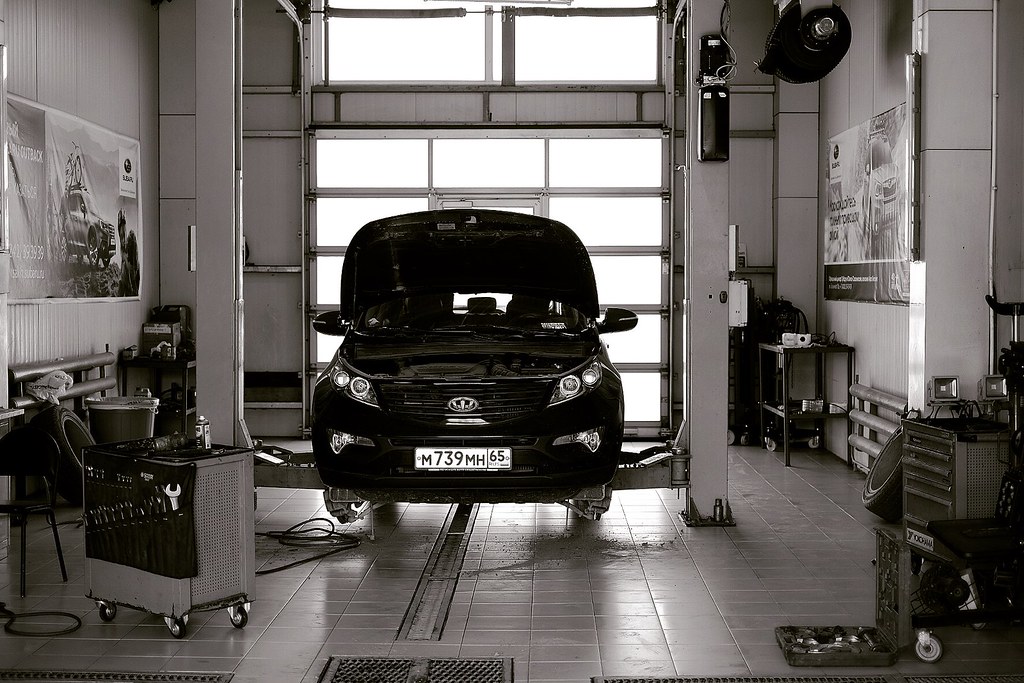
13. **Proactive Preventative Measures and Professional Diagnostics**
While it’s crucial to recognize the warning signs of a failing transmission, proactive preventative measures are the best defense against costly repairs and premature failure. Your SUV’s transmission isn’t indestructible, and unfortunately, some are even built with inherent defects that lead to early failure. However, under normal circumstances, there are several steps you can take to keep your transmission robust and functioning properly, significantly extending its lifespan and reliability.
Regularly checking the transmission fluid level and condition is a fundamental DIY diagnostic step. You should look for proper color, consistency, and smell using the dipstick, as signs of dark, burnt, or contaminated fluid can indicate brewing problems. Beyond fluid checks, simple driving habits can make a difference: always come to a complete stop before switching from reverse to drive (or first gear for manual transmissions), use your parking brake even on flat surfaces, and avoid overloading your vehicle, especially with towing. These actions reduce stress on the transmission.
When symptoms arise or as part of routine maintenance, professional diagnostics are indispensable. While OBD-II scanners can provide initial diagnostic trouble codes, advanced diagnostic equipment allows technicians to perform comprehensive transmission system testing. This includes pressure tests, electronic communication checks, and detailed component testing to accurately identify problems that DIY methods cannot. Getting your transmission serviced yearly, as recommended, allows professionals to catch subtle issues before they escalate, providing peace of mind and safeguarding your investment. Remember, addressing problems early and adhering to a rigorous maintenance schedule are your strongest tools against transmission failure.
Read more about: Navigating the Unknown: A Comprehensive Guide to Your Car’s Check Engine Light, Especially After Hours
The intricate symphony of your SUV’s transmission is a marvel of engineering, silently working to deliver power and ensure a smooth ride. Yet, it remains one of the most susceptible components to costly failures if neglected. Ignoring the early whispers of trouble or the more pronounced cries for help from your transmission can transform minor inconveniences into significant financial burdens and dangerous breakdowns. By understanding the diverse array of warning signs—from the flickering of a dashboard light to the subtle shudder or the acrid smell of burning fluid—you empower yourself to act decisively. This proactive approach, coupled with diligent maintenance and timely professional intervention, is not just about saving thousands in repair costs; it’s about preserving the lifeblood of your vehicle and ensuring every journey remains safe, reliable, and worry-free for years to come. Don’t let your SUV’s transmission become a silent financial drain; listen to its warnings and secure its longevity.



